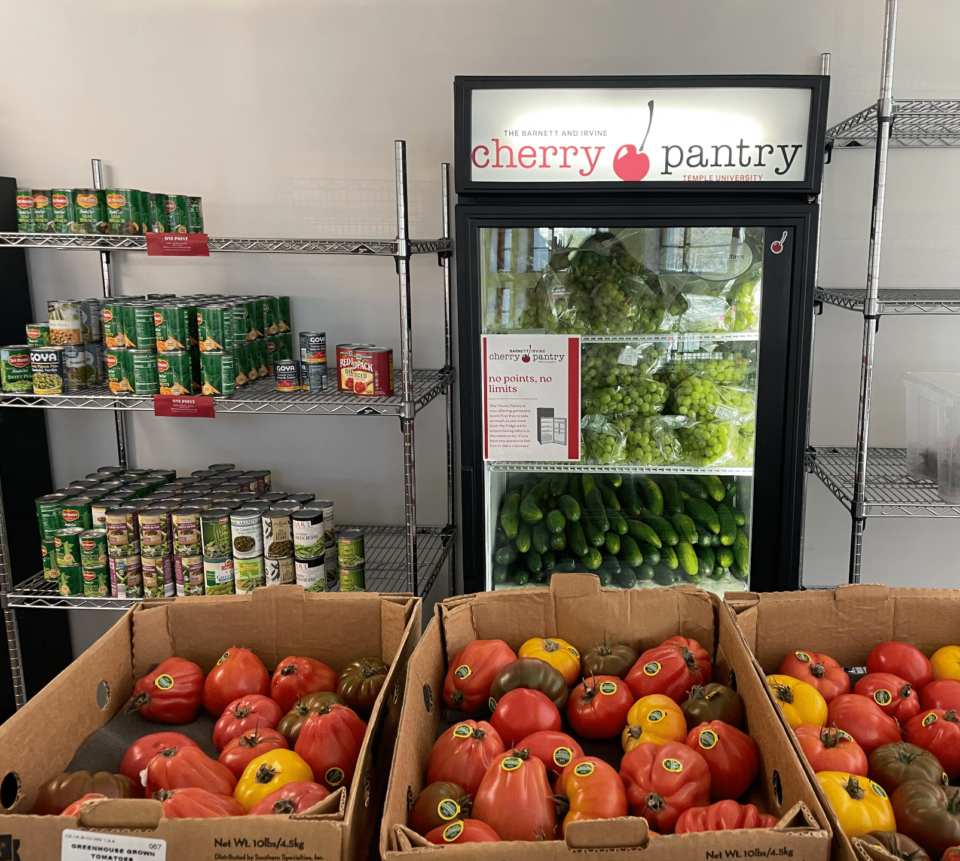 February is not just the month for romance and the Superbowl. February is the month to consider all matters of the heart—it is National Heart month.
February is not just the month for romance and the Superbowl. February is the month to consider all matters of the heart—it is National Heart month.
Not that we shouldn’t be focusing on heart health year-round, but activities during this month really focus attention on making sure that we are informed, educated and armed with the tools necessary to take action when it comes to caring for you and your loved ones’ hearts.
So, since this is a food-focused website, let’s talk a bit about food and that fist-sized magical muscle that fuels your body day in and day out with oxygen-rich blood. To “boil it down” a bit, there are a few ways to help boost your heart health when eating.
Shake the salt. Sodium, aka salt, is one of the targets when trying to lower blood pressure. Research supports that when you lower your sodium intake, you also lower your risk for high blood pressure and therefore your risk for heart attack, stroke and cardiovascular disease.
Tips for reducing salt intake:
- Most sodium comes from packaged foods, so opt for low-sodium options, or, better yet, skip the packaged foods – that way you can control the amount of salt added to your meals.
- Spice it up. By using spices and herbs in your meals, you can add flavor without needing to add salt. Don’t have fresh herbs on hand? Try dried herbs like basil, parsley, and oregano. Feeling frisky? Add a little chili powder or cayenne into the mix.
- Give your meals a squeeze. Citrus juices like lemon, orange and lime add a tangy flavor to meals as well as moisture. These options can squeeze out the need for additional salt and butter if you strike the right balance.
- Be picky! At restaurants you are at the mercy of the chef. Restaurants can tend to be heavy-handed with the salt shaker. Consult with your waiter to see if your meal can be prepared with herbs and spices instead of salt. If nothing else, request that any sauces, gravies or dressings be served on the side, so you can control your intake of the salty elements of the meal. You might find that the taste of the meat, fish or pasta is still nice while skipping the sauce altogether.
Fat-up on the good stuff. Did you know that there are different types of fats in foods? And, not all of them are bad for you. To keep your heart ticking top-notch, reduce saturated fats, avoid trans fats and cholesterol and ramp up the amount of monounsaturated and omega 3 fats you ingest.
To limit the bad stuff and increase your intake of the good stuff, here are some guidelines:
Choose less:
- Butter
- Lard Cream
- Fatty cuts of red meat
- Meats with more than 10% fat
- Pre-packaged snack foods
- Cheese
- High-fat dairy
Choose more:
- Olive oil
- Canola oil
- Margarine that is free of trans fats
- Lean red meats and poultry
- Fish
- Nuts
- Beans
- Low-fat dairy

Eat more fruits and veggies. ‘Nuf said. When you fill your plate with this good stuff, you are limiting the amount of bad stuff like empty carbs, fatty meats and salty sides and adding good stuff like vitamins, antioxidants and fiber.
Some tips:
- The more colorful the healthier and tastier. Look for greens, reds, yellows, oranges and purples in fruits and veggies. It not only looks nice, but these are the fruits and veggies with all the good stuff in them.
- Watch how you prepare the good stuff. While fried apples and breaded zucchini with a dipping sauce may still offer vitamins and such, they also come chocked full of unnecessary fats. Opt for sautéed, grilled, steamed or even raw vegetables.
Why not whole grains. A good source of fiber and other nutrients, whole grains can play a role in regulating blood pressure and increasing heart health. Try something new like quinoa, barley or faro. Whole grains will fill you up faster and longer than refined grain products.
Don’t choose:
- White bread
- Muffins or waffles
- White rice or pearl barley
- White pasta
- Doughnuts
Choose:
- 100% whole-grain or whole-wheat breads
- High fiber cereal
- Brown rice, whole quinoa or barley
- Whole-grain pasta
- Oatmeal
Remember, when you prepare the meal yourself, you will know all of the ingredients and amounts of ingredients that go into the preparation. When eating out, you don’t have this control. We know that you have to splurge from time to time – and, who doesn’t enjoy a nice night out… So, The Chester County Hospital, in partnership with PA Eats, Doc Magrogans of West Chester and Harvest Seasonal Grill are giving you the chance to win one of two heart-healthy dinners for two at these fine restaurants. These meals will be prepared using only the good stuff (well, maybe a little of the bad stuff, but in moderation) and feature fresh fish, lean meats and lots of fresh veggies and grains. And, they will definitely not lack taste or decadent flavor! Best of luck to a happy Heart Month and a healthy year ahead!
Click HERE for a chance to WIN.
This message brought to you by






